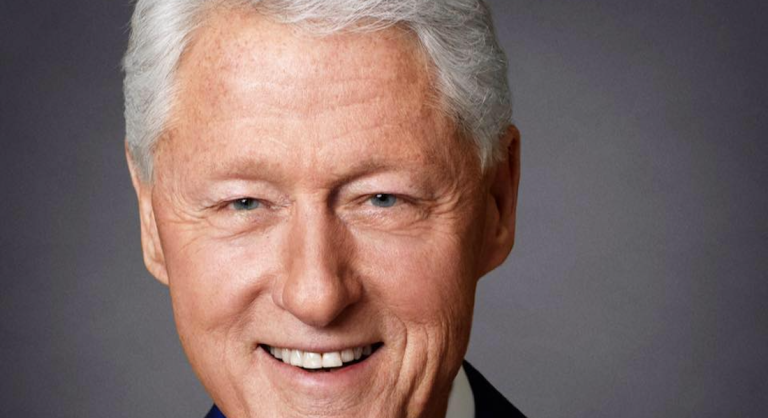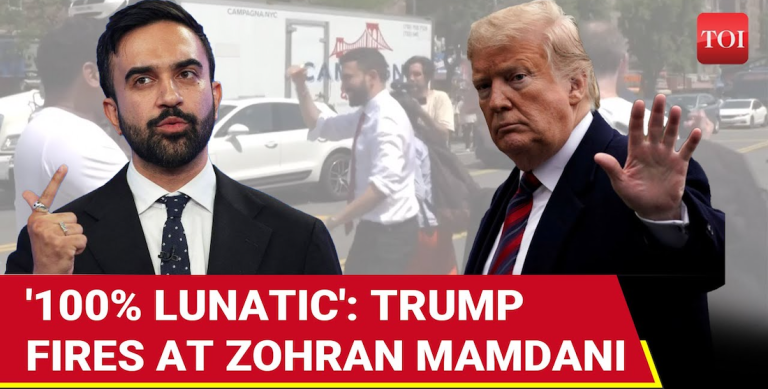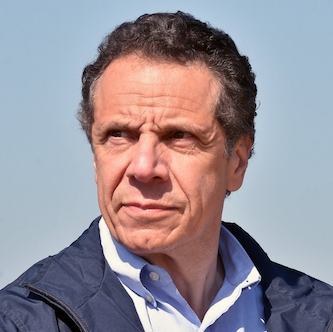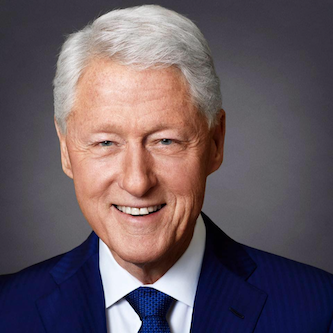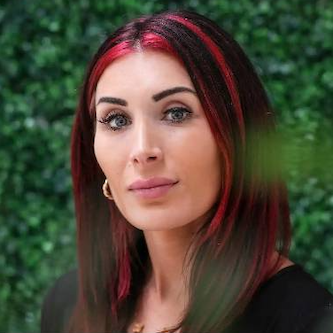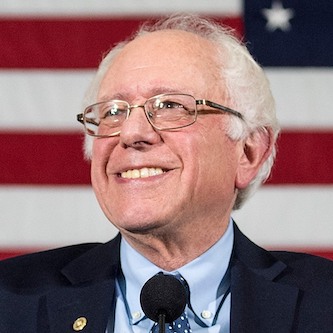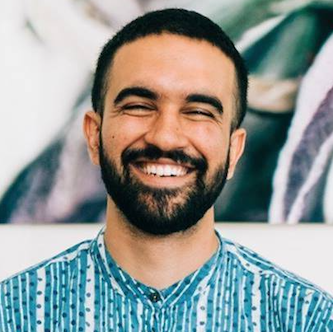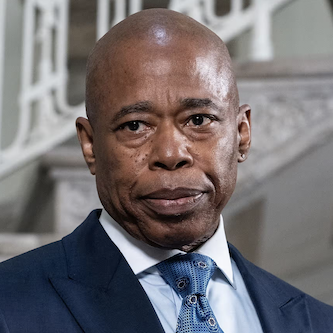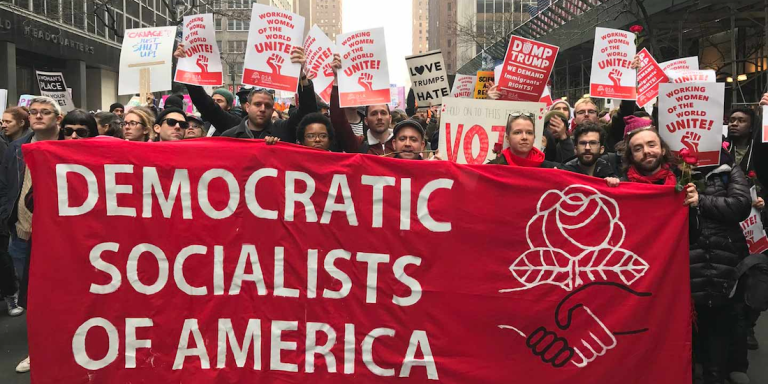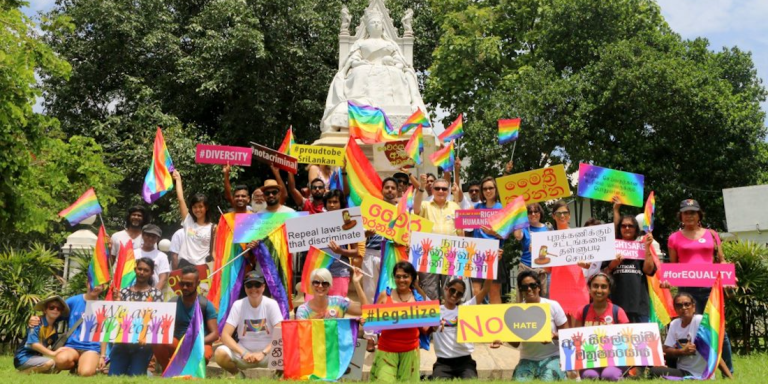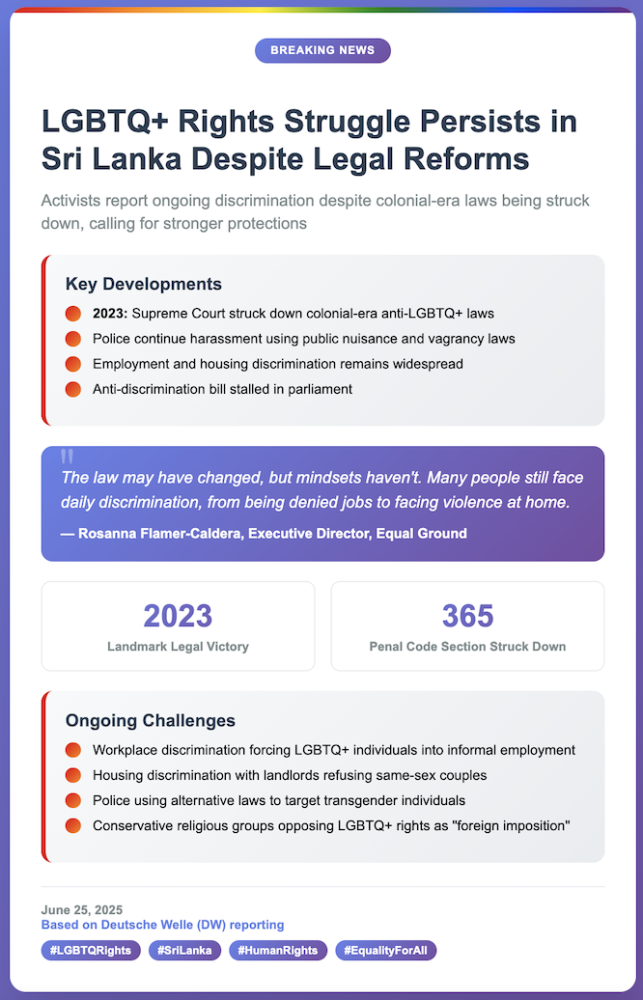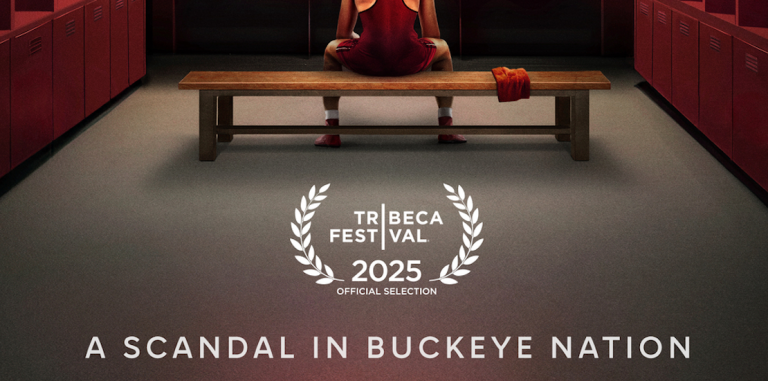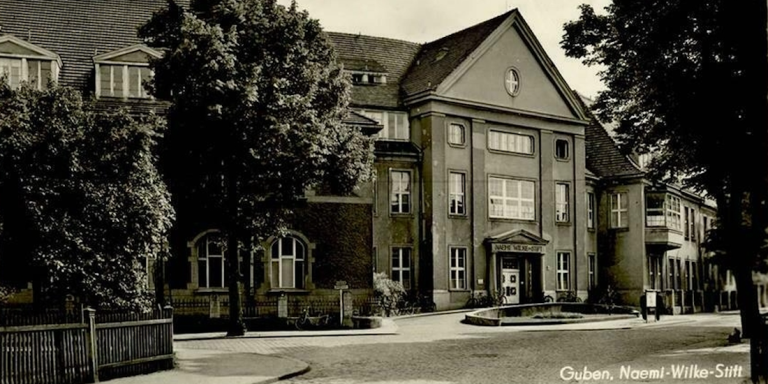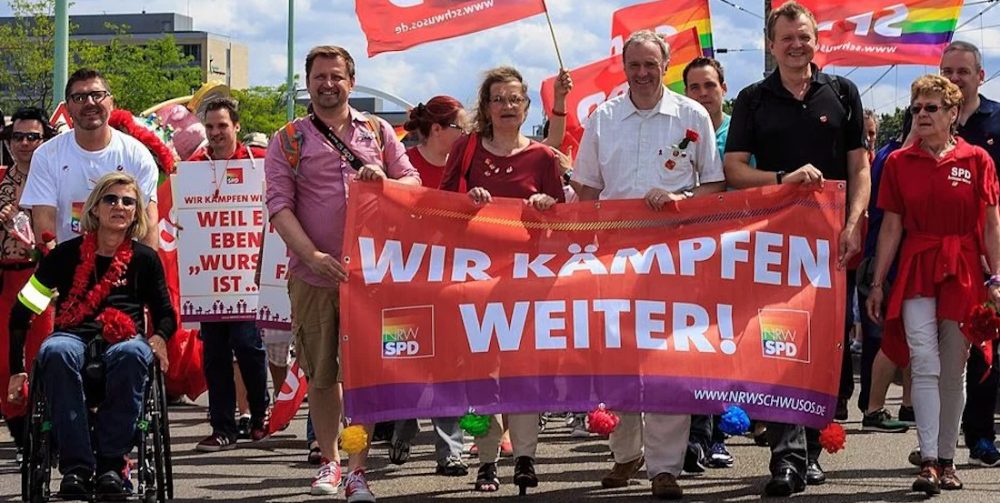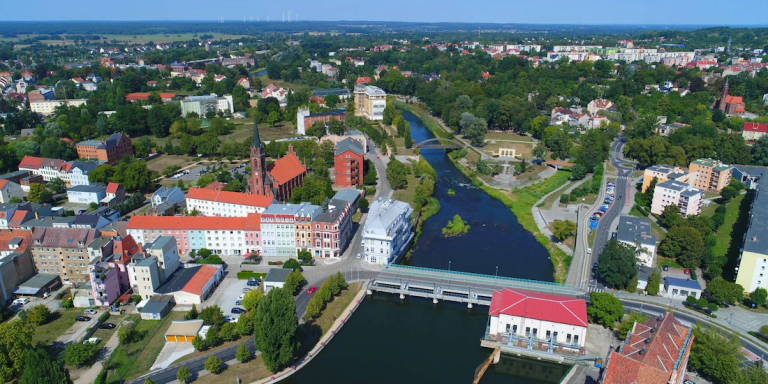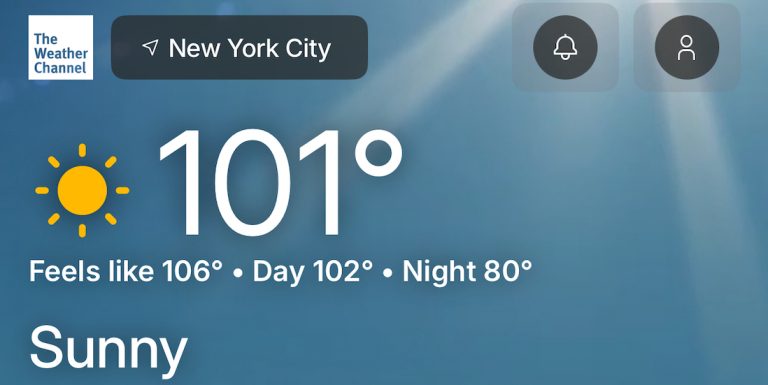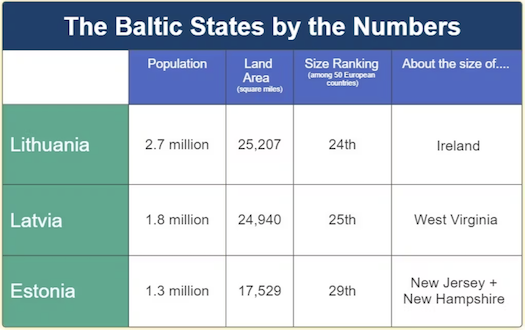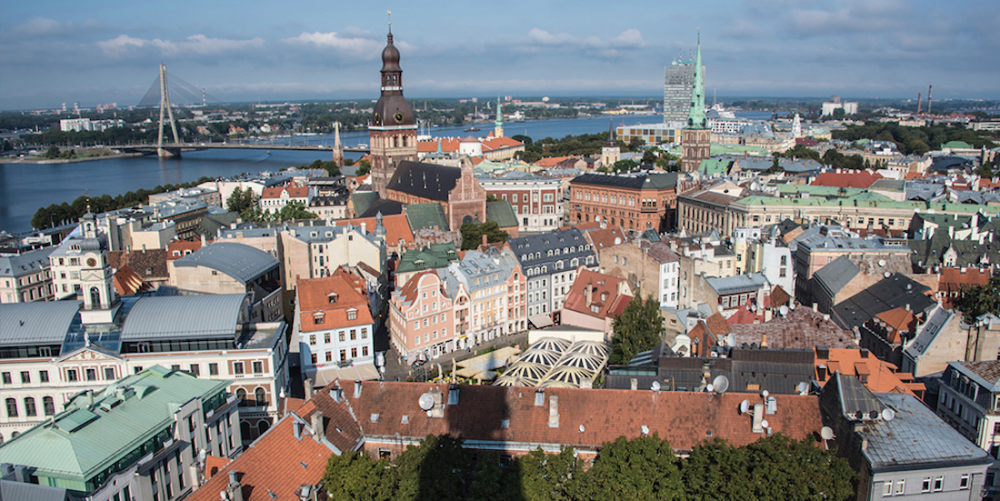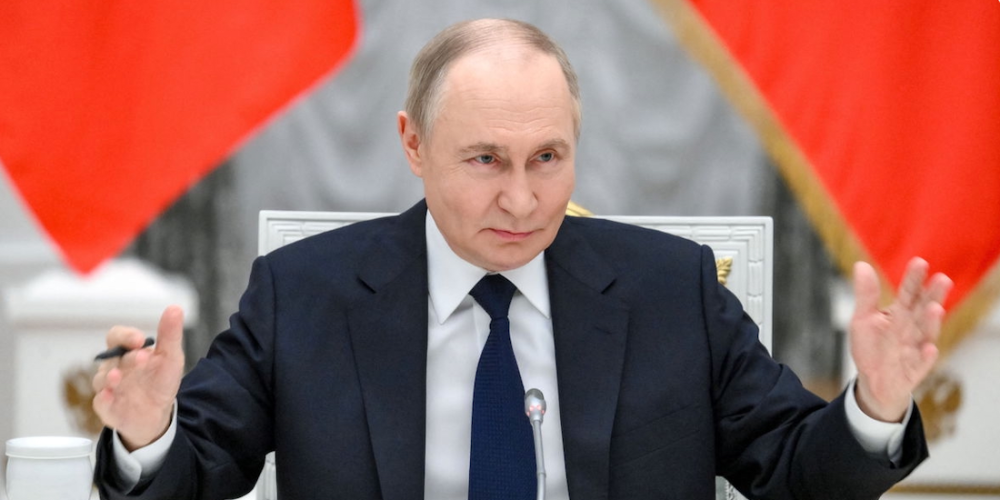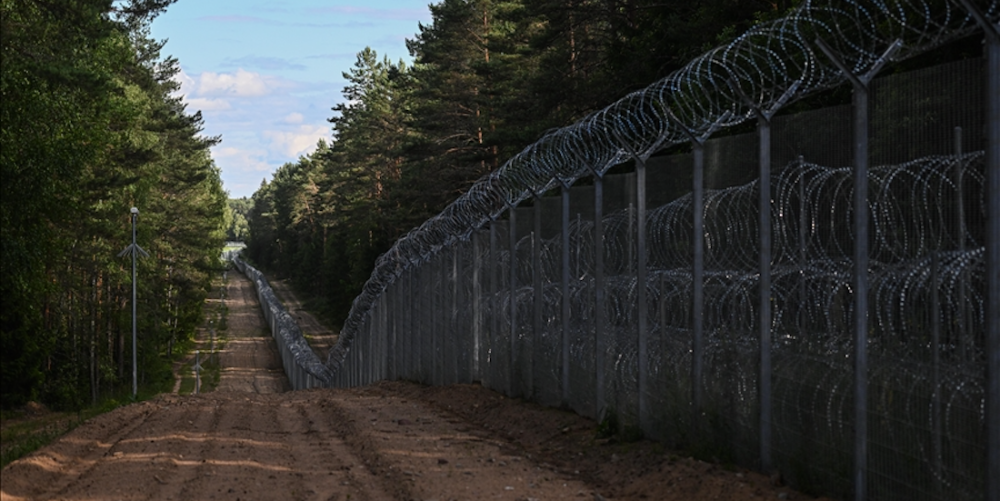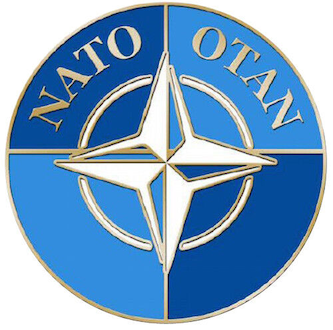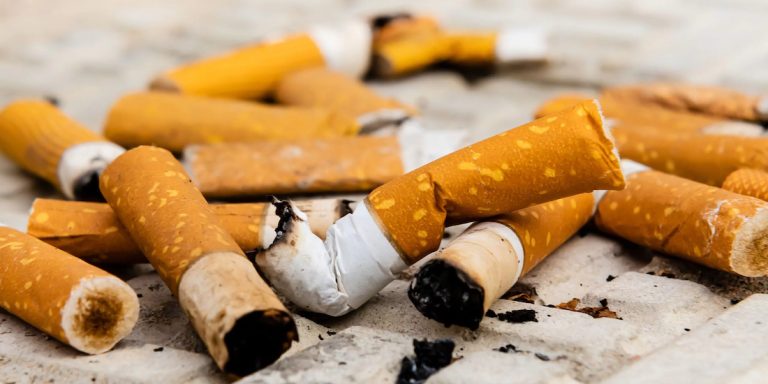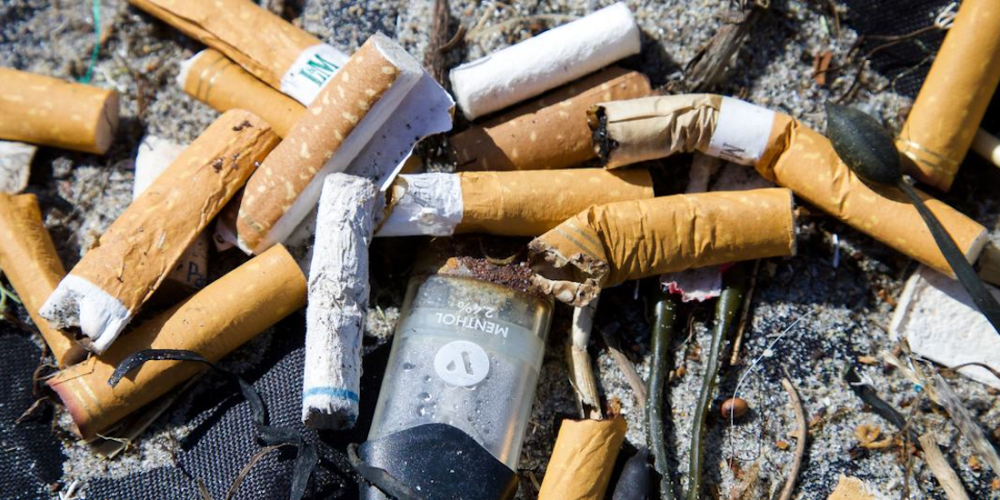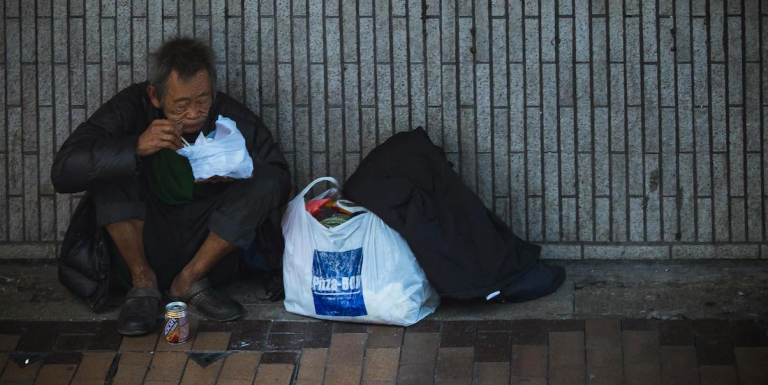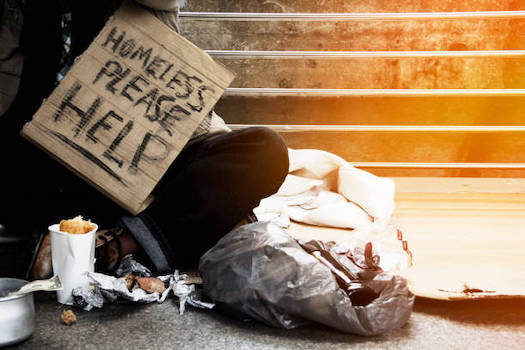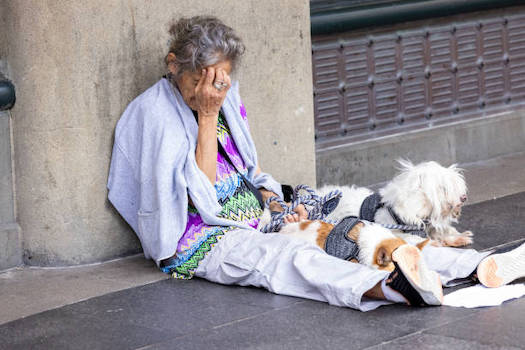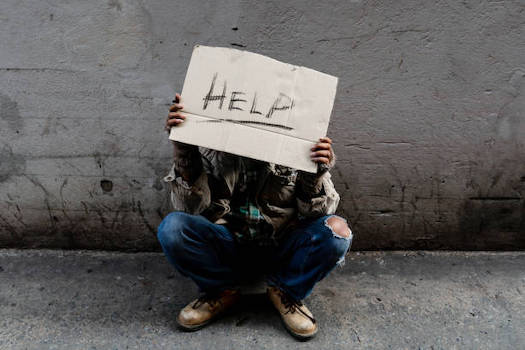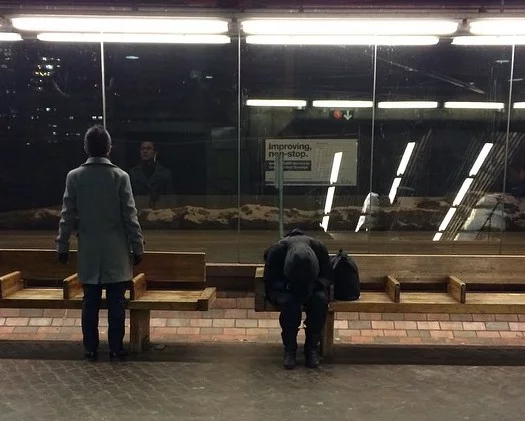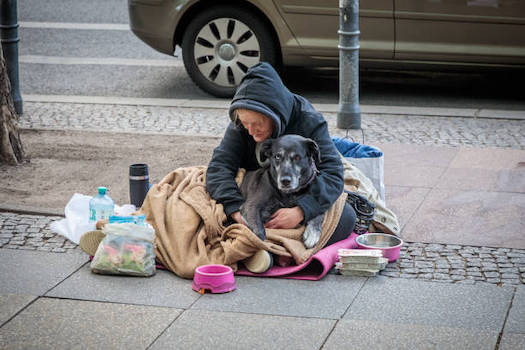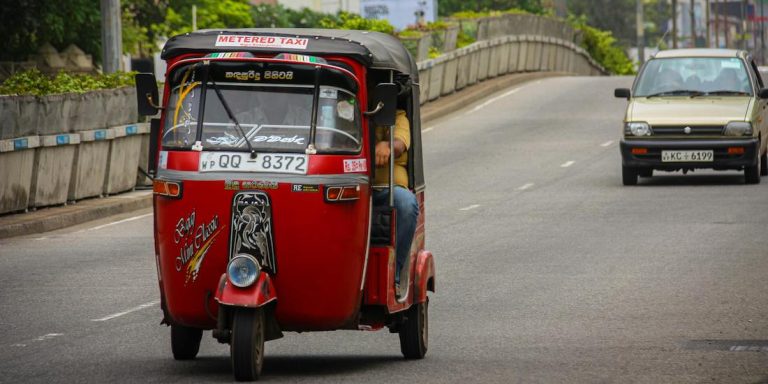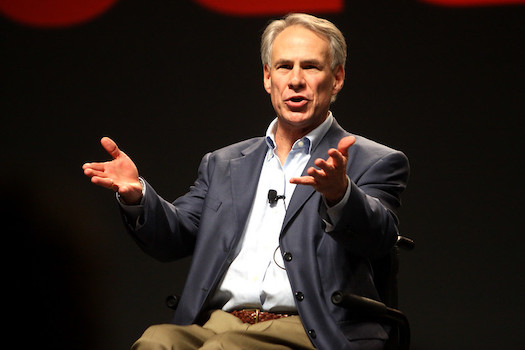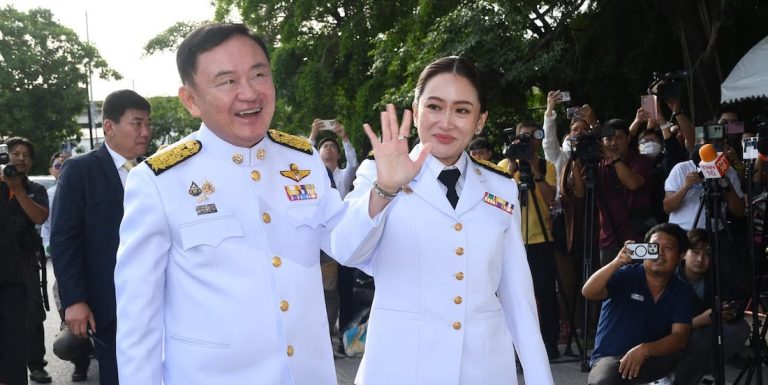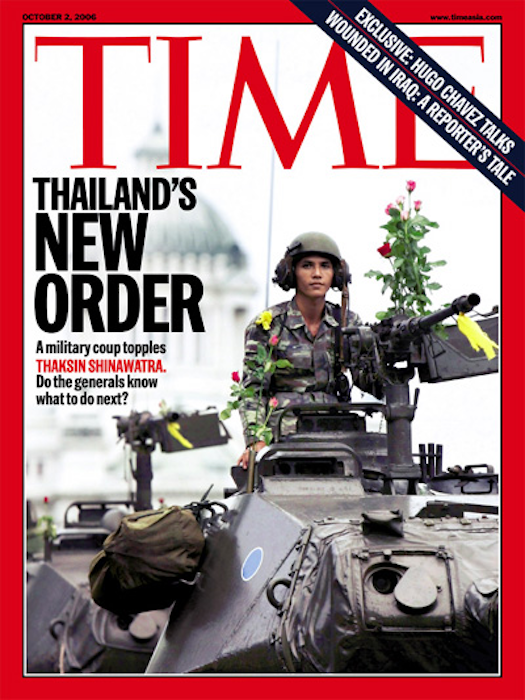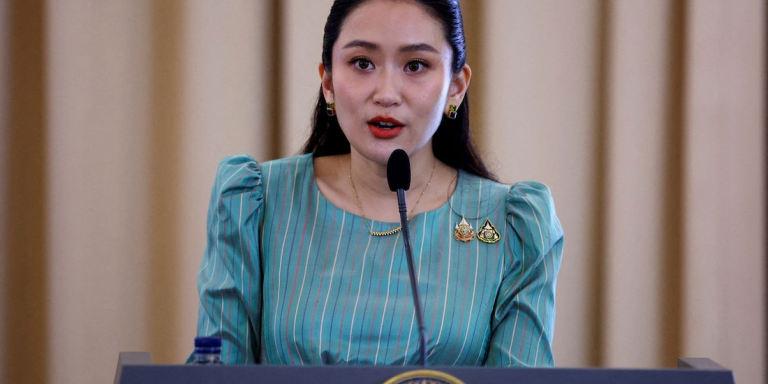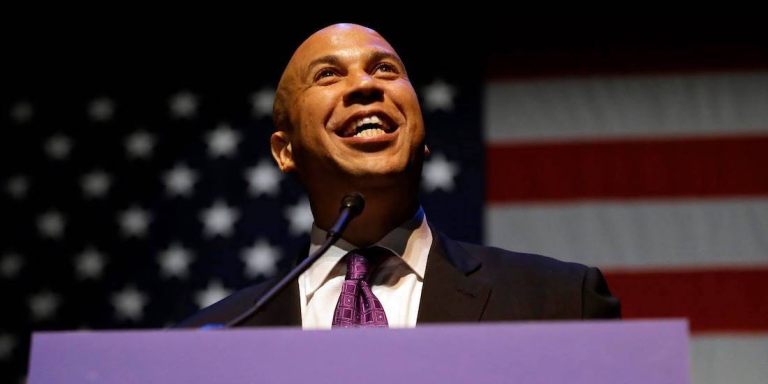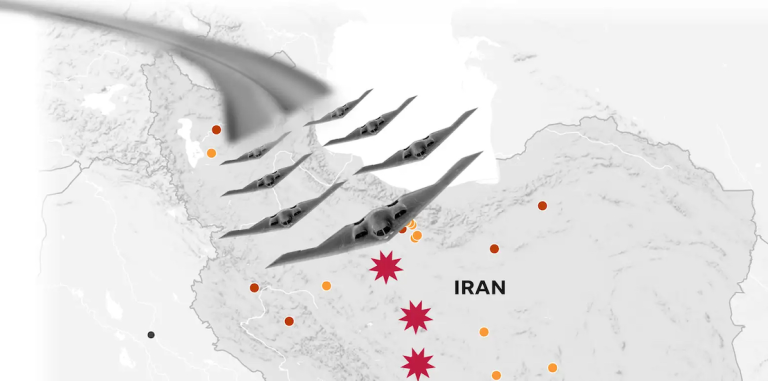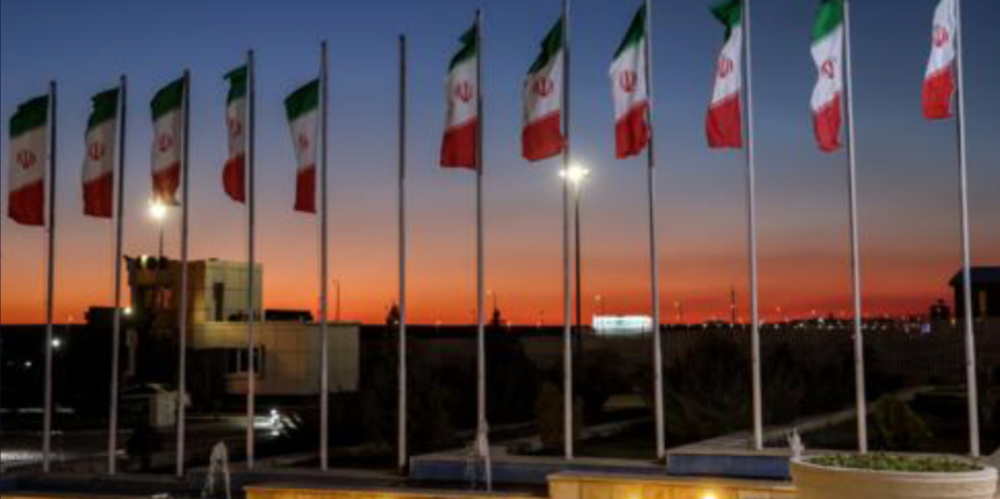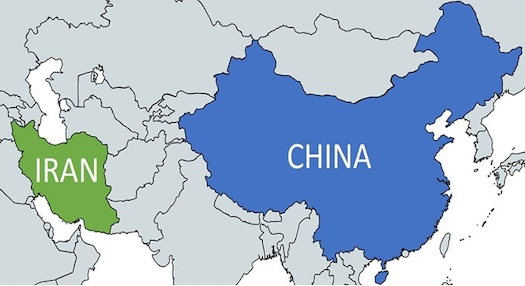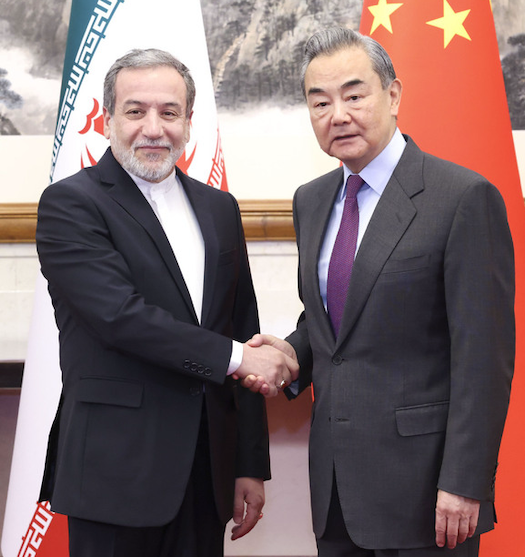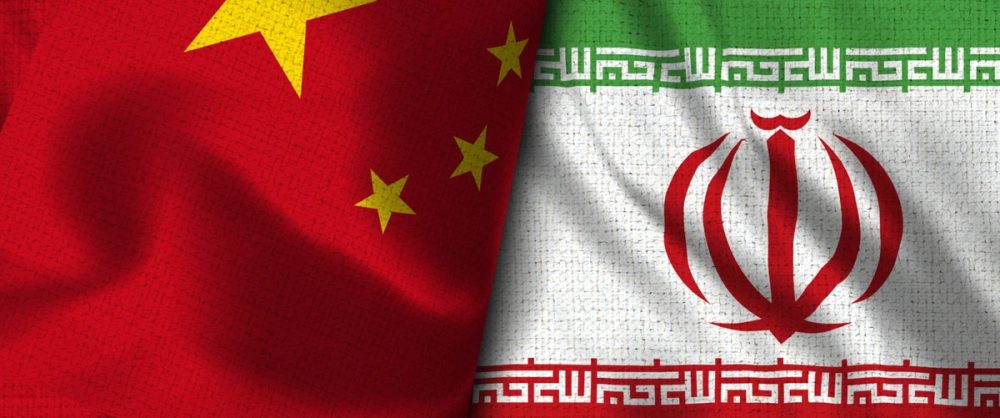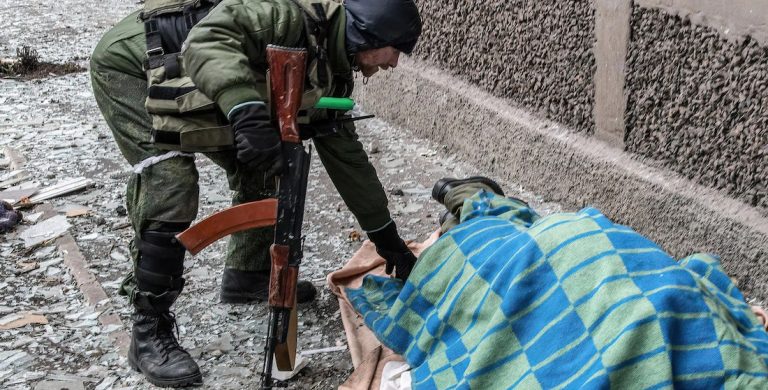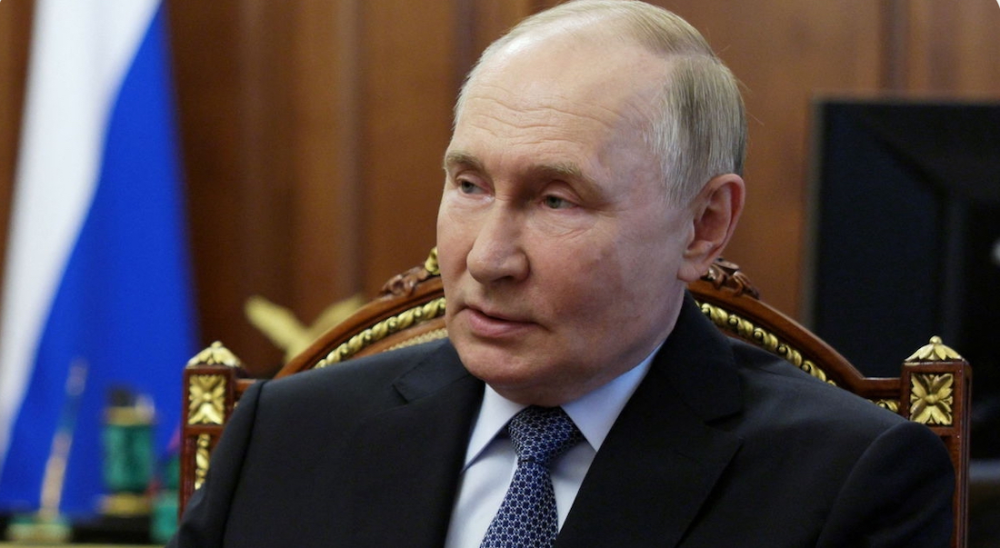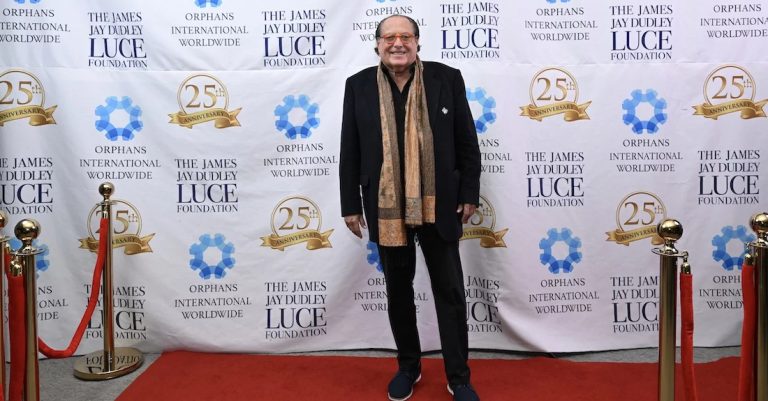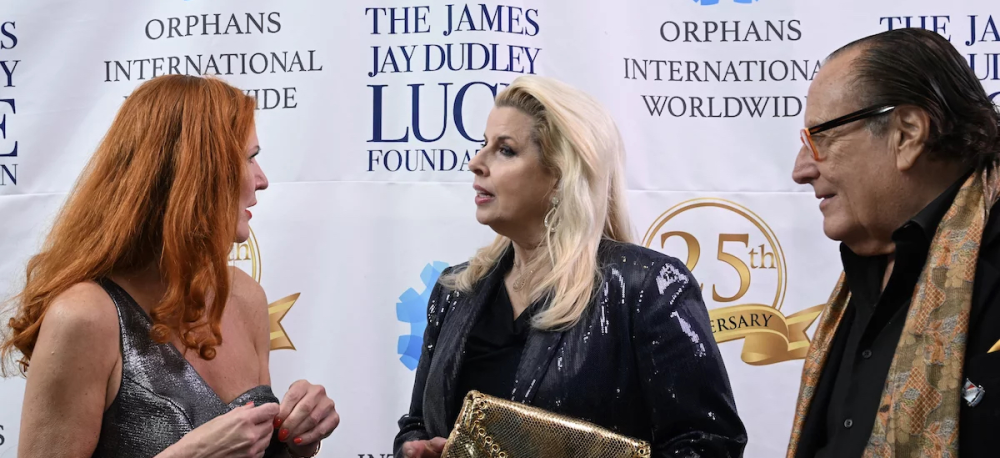Bill Clinton remains a visible force in global affairs, philanthropy, and politics, shaping conversations from his New York home
New York, N.Y. — From his Chappaqua residence to the heart of Manhattan, Bill Clinton continues to lead the Clinton Global Initiative, champion public health, and weigh in on U.S. politics, proving that his post-presidential years are as impactful as ever
Still Making Headlines: Clinton’s Life in New York

Bill Clinton’s post-presidential life is rooted in New York State. He resides in Chappaqua, a leafy suburb north of Manhattan, where he and Secretary Hillary Clinton have lived since the late 1990s.
Despite health challenges in recent years, including a well-publicized hospitalization for a urinary tract infection, Clinton has reassured the public that he is “on the road to recovery” and enjoying “this beautiful fall weather” at home. His resilience and openness about his health have only strengthened his connection to supporters and the broader public.
But Clinton’s influence extends far beyond his quiet neighborhood. He remains a fixture in New York City, especially as the Clinton Global Initiative (CGI) marks its 20th anniversary in 2025.
The annual CGI meeting, convened by Clinton, Secretary Clinton, and Dr. Chelsea Clinton, will bring together leaders from business, government, and civil society in Manhattan this September to address urgent global challenges.
This event underscores Clinton’s ongoing commitment to convening diverse voices and driving progress on issues from climate change to health equity.
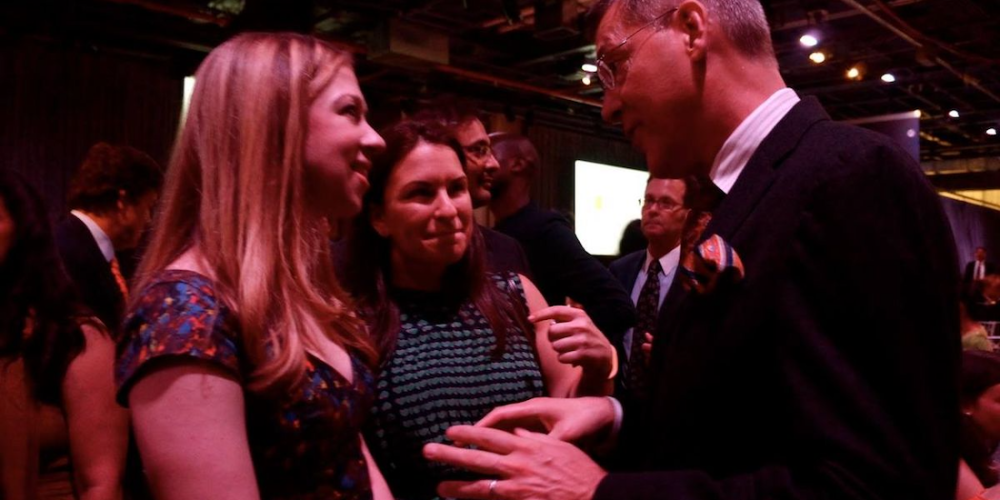
The Clinton Global Initiative: Two Decades of Impact
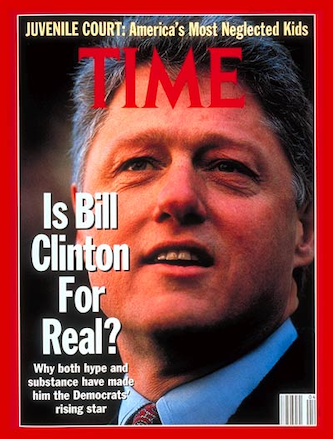
The Clinton Global Initiative stands as a testament to Clinton’s enduring vision for collaborative problem-solving.
Since its founding in 2005, CGI has launched more than 4,100 Commitments to Action, improving the lives of over 500 million people in more than 190 countries.
The upcoming 2025 Annual Meeting in New York will focus on bridging divides and leveraging technology, such as artificial intelligence, to accelerate social good.
Programming this year will spotlight renewable energy, mental health, and humanitarian response to natural disasters, reflecting Clinton’s belief in practical, scalable solutions.
The event will also provide space for corporations and civil society to collaborate, reinforcing CGI’s unique role as a catalyst for action.
In the past, the media was invited as guests to the Clinton Global Initiative, but in subsequent years there was a rather steep press fee.

Health, Family, and Personal Life
Clinton’s recent health scare—his hospitalization in California—reminded the public of the challenges of aging, even for former presidents.
At 78, Clinton is still recovering from his infection but is expected to make a full recovery, according to his medical team.
He continues to advocate for self-care and regular medical checkups, using his platform to encourage others to prioritize their health.
Family remains central to Clinton’s life. He and Hillary Clinton, along with their daughter Chelsea, are often seen together at CGI events and other public appearances.
The family’s partnership in philanthropy and public service is evident in their joint leadership of the Clinton Foundation and its many initiatives.
This includes efforts to promote women’s equality, expand early childhood education, and support global health.
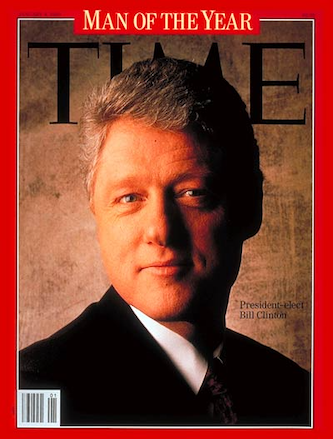
Political Voice: Endorsements and Commentary
Despite stepping away from elected office, Clinton’s political voice remains influential.
This month, he made headlines by endorsing Andrew Cuomo in the New York City mayoral race.
This signals his ongoing engagement with Democratic politics and his sway among establishment figures.
Clinton has also spoken out on national issues, including the state of the Democratic Party and the challenges facing the current administration.
His recent interview on “CBS News Sunday Morning” touched on topics ranging from opposition to President Trump to reflections on his own health and legacy.
This demonstrates his continued relevance in the national conversation.
Philanthropy and Public Service: A Lasting Legacy
Clinton’s commitment to public service is evident in the work of the Clinton Foundation, which tackles issues such as climate action, racial equity, and global health.
The Foundation’s 2023 Impact Report highlights initiatives supporting healthier schools, expanding early literacy, and responding to crises in Ukraine and Northern Ireland.
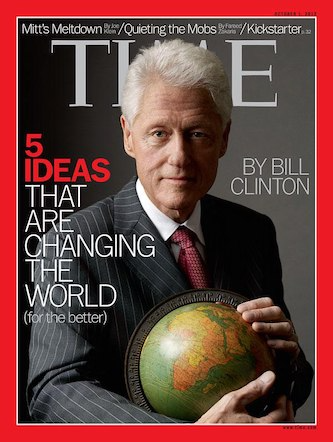
Through these efforts, Clinton continues to shape policy and practice far beyond the confines of elected office.
The Clinton Presidential Library in Little Rock, Arkansas, also remains a hub of activity, hosting exhibits and educational programs that reflect the former president’s legacy and ongoing engagement with history and civic life.
Looking Ahead: What’s Next for Bill Clinton?
As CGI celebrates its 20th anniversary, Clinton shows no signs of slowing down. He is expected to play a central role in the upcoming annual meeting in New York, convening leaders to address today’s most pressing challenges.
His blend of optimism, pragmatism, and commitment to collaboration continues to inspire new generations of leaders.
Whether at home in Chappaqua, on stage at global summits, or lending his voice to political debates, Bill Clinton remains a force in American and international life.
His journey from the White House to global philanthropy demonstrates the enduring power of public service—and the ability of one individual to make a difference, long after leaving office.
Where is Bill Clinton? Enduring Influence of a Former President (June 27, 2025)
75-Word Summary
Bill Clinton, the 42nd President of the United States, remains a vital presence in American public life. Living primarily in Chappaqua, New York, and frequently seen in Manhattan, Clinton leads the Clinton Global Initiative, weighs in on major political issues, and continues his philanthropic work. This feature explores his current activities, health, and ongoing influence as he marks more than two decades since leaving the White House.
